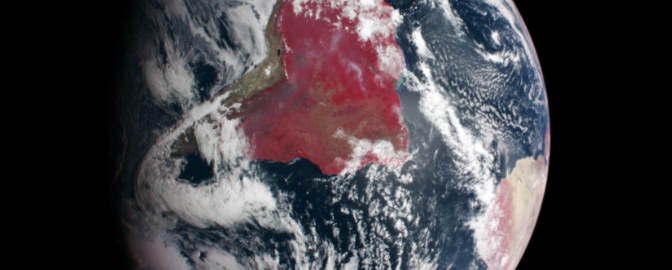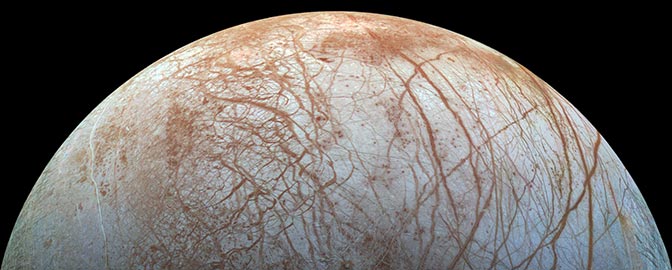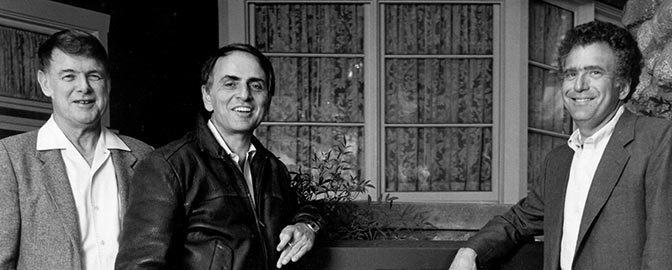“We’re made of starstuff.” What does that mean?
The Planetary Society’s co-founder Carl Sagan famously said that we are made of starstuff. The full quote comes from his 1980 television series “Cosmos”:
“The Cosmos is within us. We are made of star-stuff. We are a way for the Universe to know itself.”
What made Sagan such an amazing science communicator was his ability to say beautifully poetic things like this, all while being completely scientifically literal. We humans truly are made of the elements that stars create. We are starstuff.
So let’s break down what that means.
As we all know, you are what you eat. The calcium in our bones, the iron in our blood, even the nitrogen in our DNA all come from the food that we eat. Whether you’re a vegetarian or an omnivore, plants are at the bottom of the food chain. And those plants mainly absorb minerals like calcium and iron from the soil through their roots.
Those minerals get into the soil from a few sources. Some come from decaying plants, animals, and other formerly living things. But, ignoring that cycle of life and death, minerals come from the planet itself.
This brings us to the formation of Earth. Our home world was formed along with the rest of the Solar System about 4.6 billion years ago from a giant cloud of dust and gas. Most of that material became the Sun, which became massive enough to spark nuclear fusion at its core. Some of the leftover material spread into a rotating disk, from which the planets, moons, and other bodies formed.

The origin of that dust and gas is where the starstuff concept comes into play. Much of that Solar System-forming material was hydrogen and helium, which have both been around since the earliest days of the Universe. But abundant heavier elements — carbon, oxygen, nitrogen, iron, etc — first came into being about a hundred million years after the Big Bang, when clouds of hydrogen and helium collapsed into the first stars.
In the cores of stars, intense pressure and heat fuse hydrogen atoms together to make helium — the same process that powers our Sun today. When hydrogen in the core is used up, some stars begin fusing helium into heavier elements, like carbon and oxygen. These are the elements that make up most of what we are. As some stars get older, they go through periods where they throw off some of these elements off into space in huge stellar winds.
When very massive stars reach the end of their lives, they explode as supernovae. In those last moments, immense energy powers the fusion of even heavier elements like cobalt and nickel. As the star explodes, these elements are flung out into space. Together with heavy elements created through other stellar processes, they can eventually become ingredients for forming a planet, enriching the soil, feeding a plant, and becoming part of a human.
This is part of what makes life so fascinating. The actual material that makes up living things is basic — just chemical building blocks made by fusing heavier and heavier elements. But what life does with those materials is utterly magical.
What Carl Sagan tapped into is the wondrous nature of the fact that elements fused in stars can come together to form a person who can then contemplate those very stars. We are starstuff studying the stars — a way for the Universe to know itself.
Support our core enterprises
Your gift today will go far to help us close out the year strong and keep up our momentum in 2026.
Donate

 Explore Worlds
Explore Worlds Find Life
Find Life Defend Earth
Defend Earth



